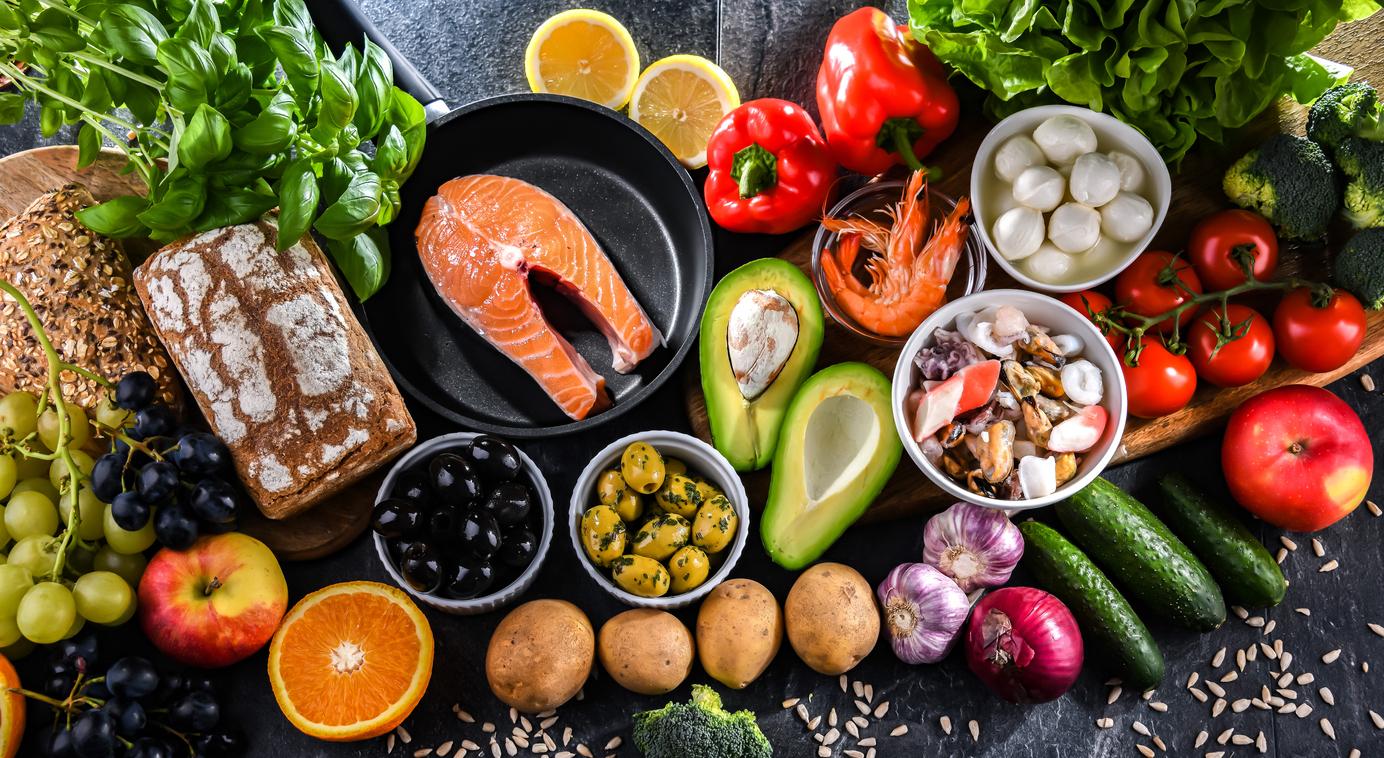The American health authority wants to regulate, or even ban, trans fatty acids. Found in many foods, these substances increase cardiovascular risk.

New load against trans fatty acids! The US health authority, the FDA, announced on November 7 its decision to classify partially hydrogenated fats as “not known to be safe.” It is the number one source of trans fat in ready meals. The FDA also wants to make food additives, which would subject them to official authorization. Foods containing frowned upon additives are considered adulterated and therefore cannot be legally sold. Such a decision could spell the end of trans fats in the diet.
Increased heart risk
Consuming partially hydrogenated fats increases the level of low density lipoprotein, the “bad” cholesterol. The direct consequence is an increased risk of coronary heart disease. This is what a report by the American Academy of Sciences states in a 2002 report. The Institute of Medicine agrees with these conclusions: in the absence of proven benefit, it is recommended to consume as little trans fat as possible.
Daily consumption has fallen sharply in the United States. In 2003, Americans consumed an average of 4.6 grams per day. In 2012, it was only a gram per day. “The potentially dangerous consumption of artificial trans fats has declined over the past two decades in the United States, but it remains a public health problem. The current FDA action is an important step towards protecting more Americans from the potential dangers of trans fats, ”said Margaret Hamburg, Commissioner of the FDA. She estimates that reducing these fatty acids would prevent 20,000 heart attacks and 7,000 deaths from heart disease each year.
Frozen pizzas and desserts
Some food packaging claims that the product does not contain any trans fat. A trap according to FDA consumer safety officer Mical Honigfort: “It’s a good idea to check the ingredient list. With current regulations, companies can say that there is no trans fat if the food contains less than 0.5 grams per serving. But if partially hydrogenated fats are in the ingredients, it means there may be a small amount. The accumulated consumption of products low in trans fat ends up having a harmful impact on health.
Many manufacturers have spontaneously reduced the amount of trans fatty acids in prepared foods. But you can still find it on all shelves: desserts, frozen pizzas, microwave popcorn, margarines or even dehydrated creams contain it. “The best thing you can do is watch your saturated fat, cholesterol, and trans fat levels. Choose products that mix the least, ”recommends FDA Food Additive Safety Director Dennis Keef.
No more than 2% trans fatty acids in France
In 1999, the FDA proposed listing trans fats in nutritional information. Immediately, manufacturers reduced their use of the product, although the rule became effective in 2006. In France and Europe, trans fatty acids are not banned either. However, in 2005, ANSES set a maximum threshold for trans fatty acid intake at 2% of total energy intake (TEA), regardless of age and sex, for children as well. than in adults, knowing that the average intake of the population is of the order of 1.3%. In adults, 5% of the population had a consumption reaching the maximum threshold. The European Commission is due in 2014 to report on the impact of possible measures concerning trans fatty acids, including the provision of information to consumers on trans fatty acids or the imposition of restrictions on their use.
.

















